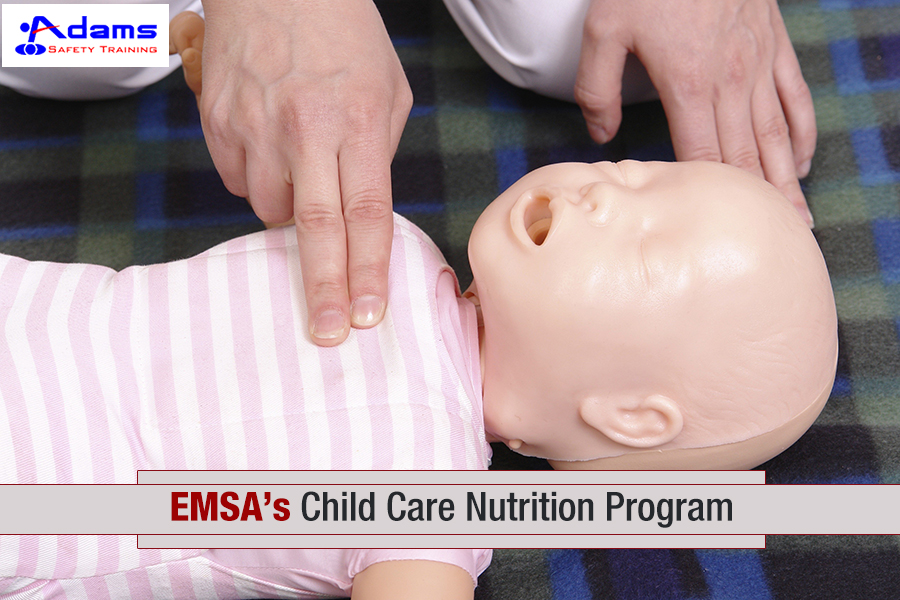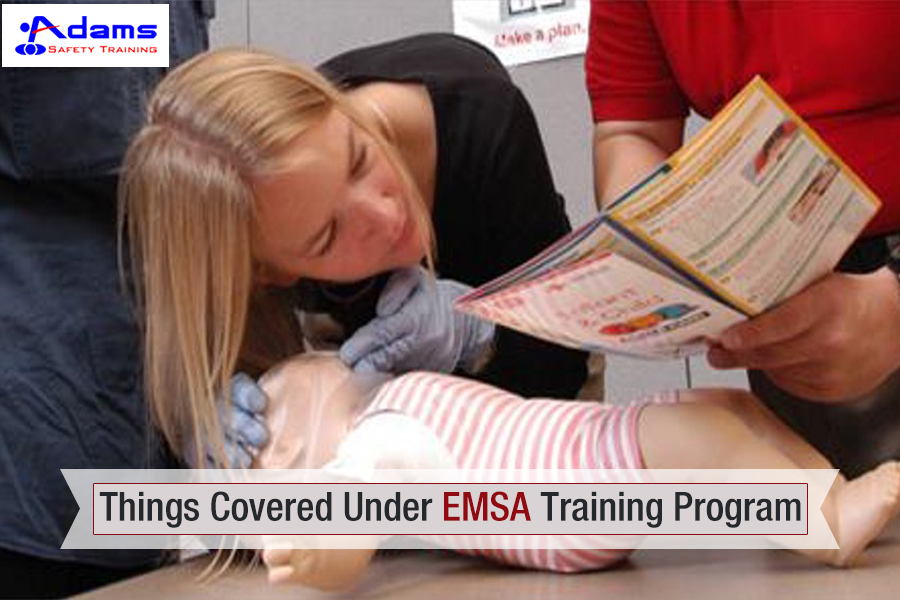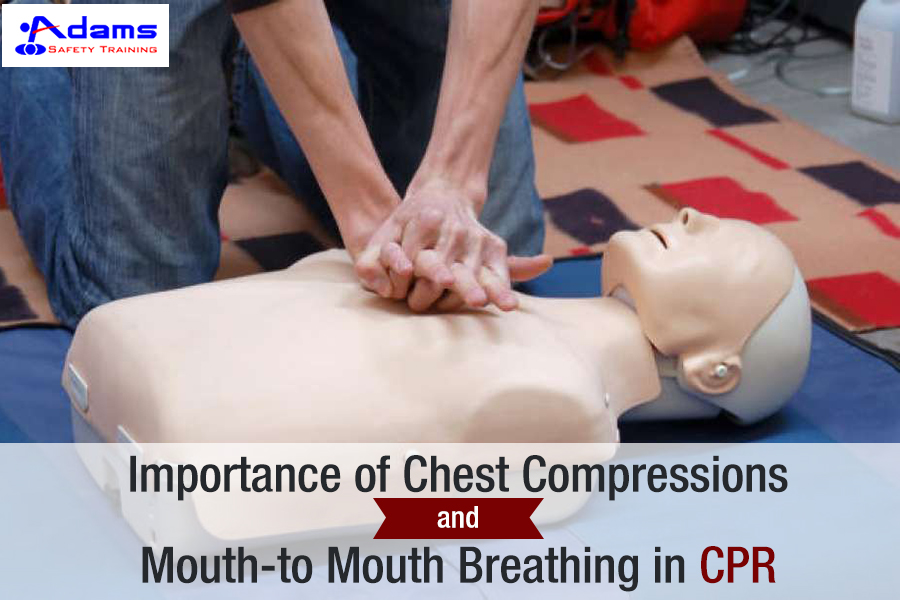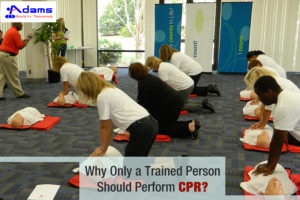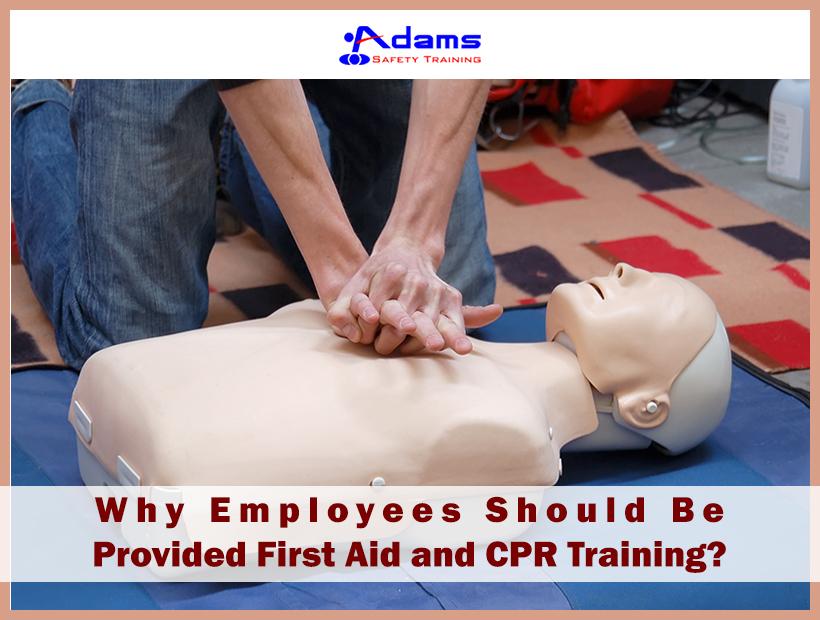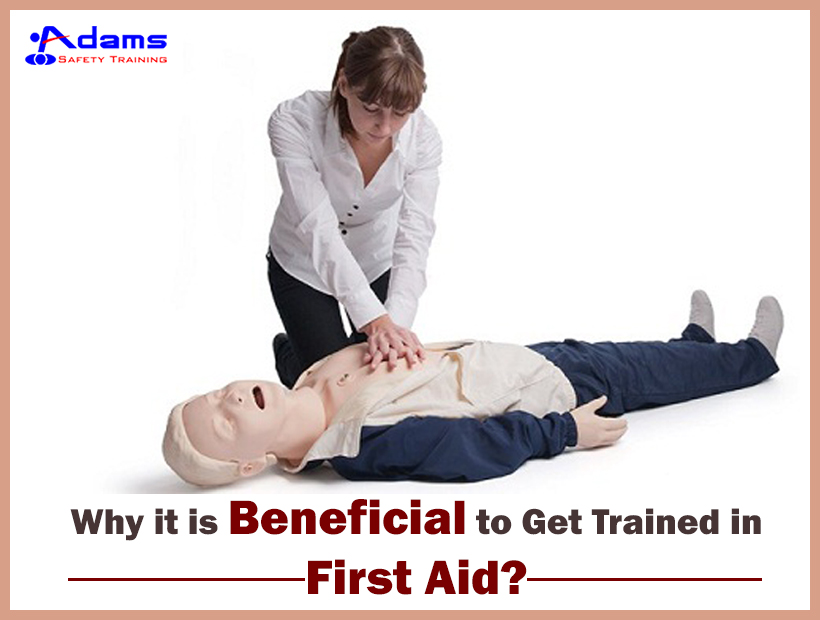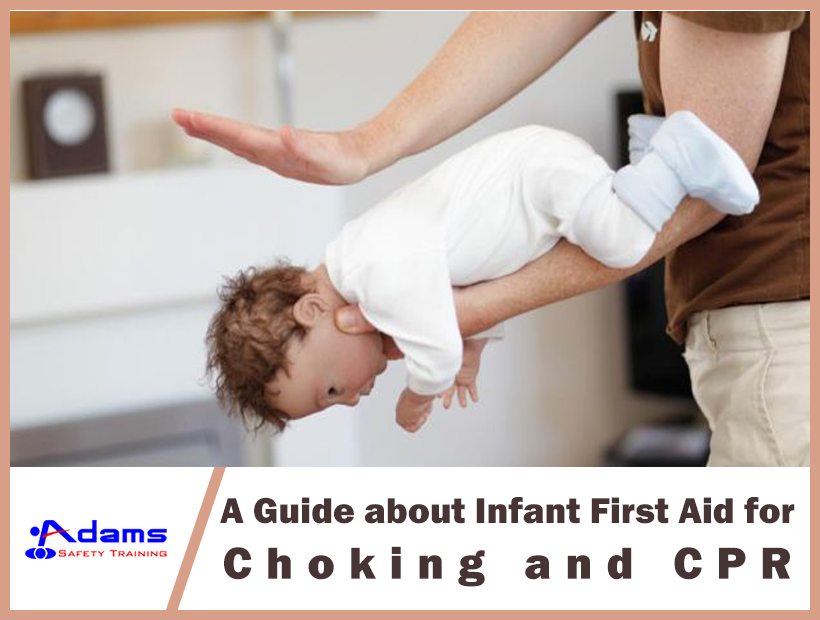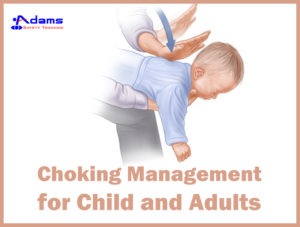The infographic titled, “Pet CPR for Dogs” describes the important steps to perform CPR for dogs. CPR or Cardiopulmonary Resuscitation is a combination of chest compression and artificial respiration. The process is generally used when you cannot hear the dog’s heart beat. You must be aware of the right steps to perform this technique otherwise it may prove to be hazardous for a dog.
For dogs under 10 kg/22 lbs, use the one handed technique by wrapping the hand over sternum and chest. Give 30 chest compressions 100-120x/minute. Allow the chest to fully recoil between compressions. After that, give two mouth-to-snout rescue breaths following each set of compressions (30:2).
For medium to giant dogs, lay your dog on her side on a flat surface, use the two handed technique by placing your hands over the widest part of the chest. Keeping your arms straight, push down on the rib cage. Now compress the chest ¼ of its width. Squeeze and release rhythmically at a rate of 80 compressions per minute. Similarly, there are different CPR steps for different types of dogs. For details, please refer the given infographic.


